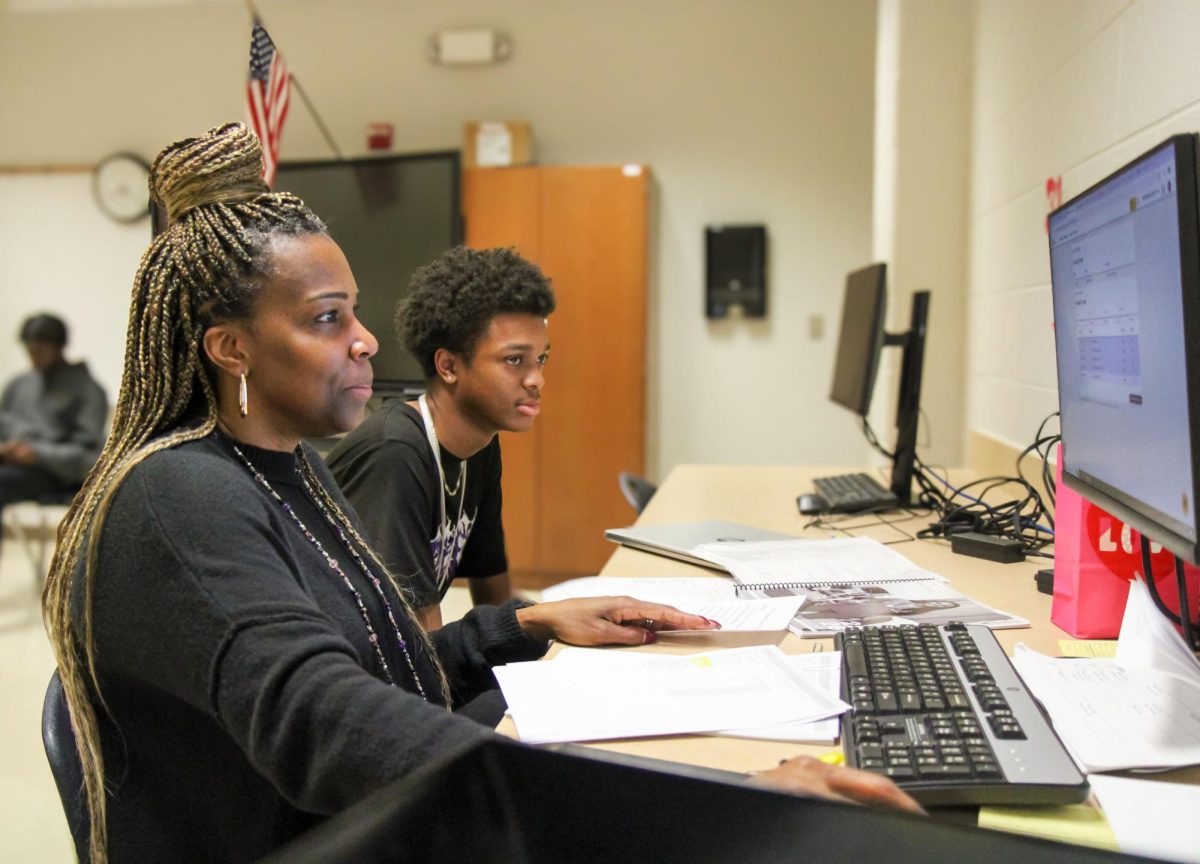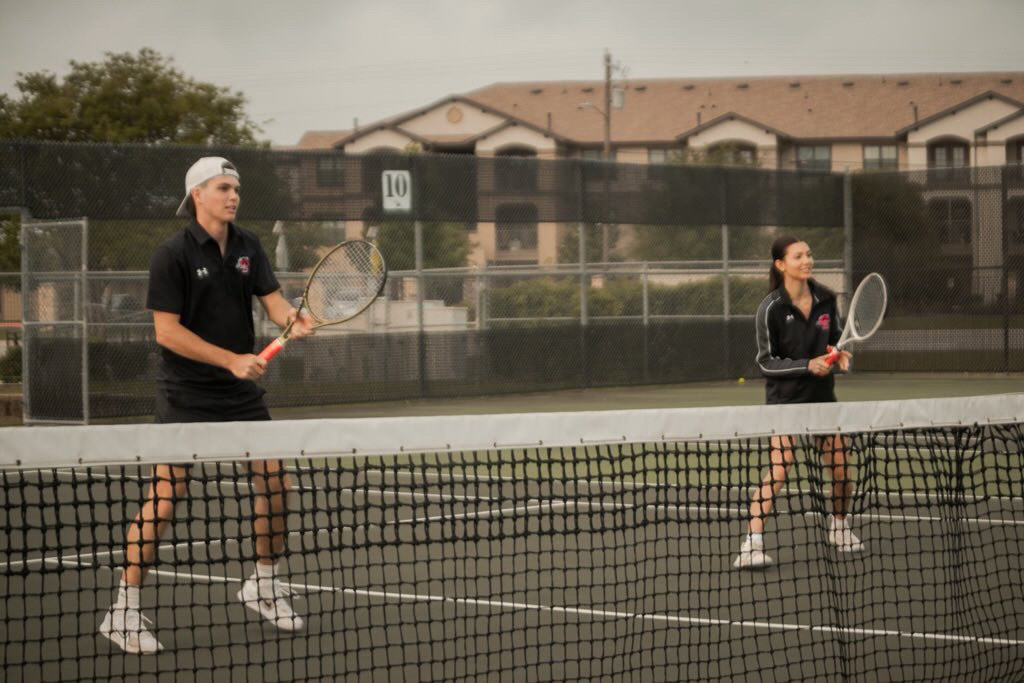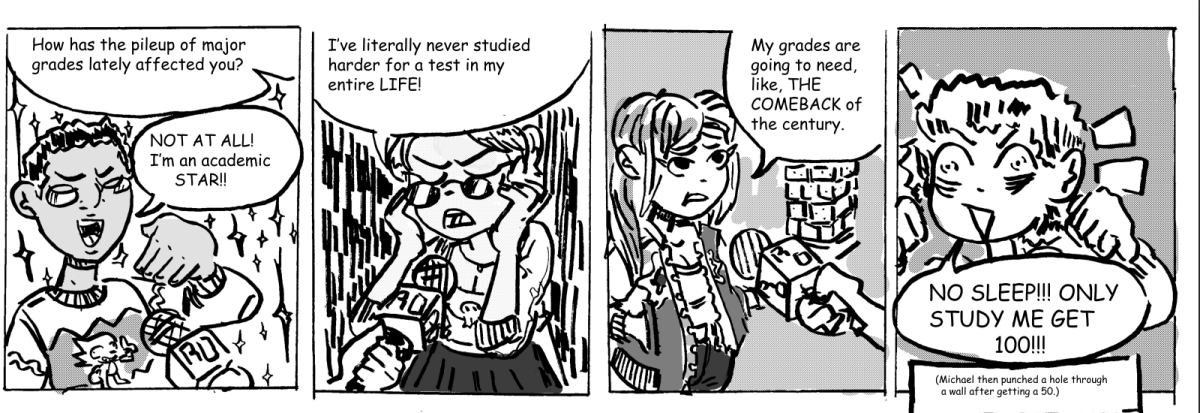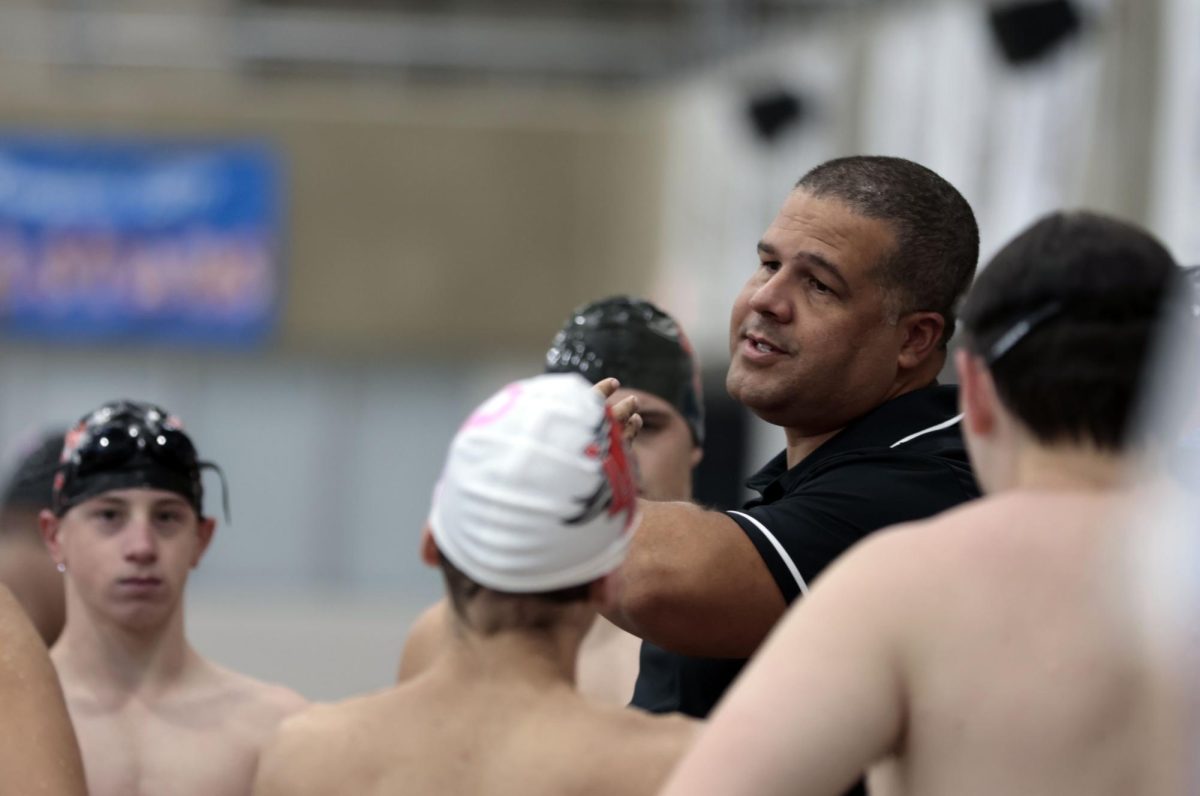Sophomore Austin McKay walked into the PE gym free of nervousness and jitters. He sat down to take the AP Human Geography exam, gave himself a pep talk and began when he was told to. Unlike situations where others say they felt anxious and fearful, he stayed calm. He believes that confidence helped him make the score he wanted and gain college credit.
AP Human Geography teacher Jodi Esaili, AP English IV teacher Lisbeth Bennett, AP US History teacher Michael Keel and AP Environmental Science teacher Michelle Fagan implemented new teaching methods and passed along additional information to help . As a result, teachers saw a significant rise in 5s and a drop in 1s and 2s which helped them know what tactics to use for teaching future AP classes.
“I am happy that the scores increased,” Coach Keel said, “but I am now driven to attain greater growth in future years.”
According to the data in the Learning in America Survey, 52% of American students stated active participation through hands-on learning was the best learning method for them.
“I used more hands on techniques to pass across the information to my students,” Ms. Bennett said, “and I tried using many different reading approaches so every student with different learning techniques would understand.”
Students also prepared themselves outside of class. The curriculums for AP classes in general are broad, so teachers may not have covered everything needed for the exam. Most, if not all, AP course teachers advised their students to obtain additional review material.
“I bought and read recommended review books and studied at least 45 minutes every day after school,” senior Cintia Vera said.
In AP exams, the scores range from one to five. One as the lowest score possible and five as the highest. The scores one and two do not gain college credit, but three and up do. The results last year had more students gain college credit than students the past few years did. Legacy placed second in the district on the AP Human Geography scores because the number of 5s tripled, 3s went up 44 percent, 2s went up by 63 percent and the number of 1s decreased by 58 percent.
“I was very happy – not for myself but for my students,” Ms. Esaili said. “Because I think I provided more opportunities and guidance to them. They were very competitive and motivated.”
In the AP Environmental Science class, all students took the test last year which factored into the overall results. The students’ scores averaged up to one point over the global mean on the most difficult free response question.
“I would like to think we all improve every year,” Ms. Esaili said. “It’s important to be a lifelong learner, no matter how old you are.”

















